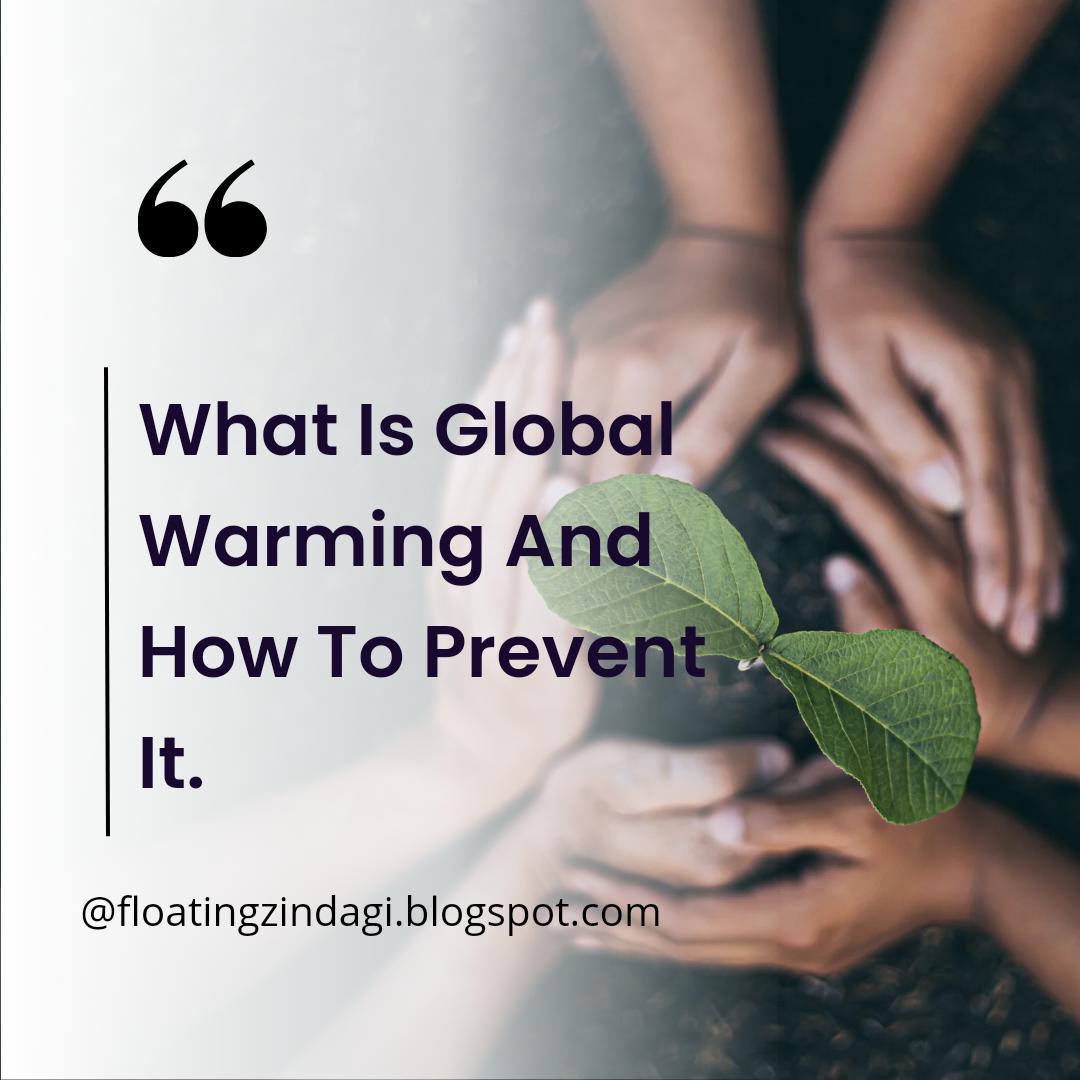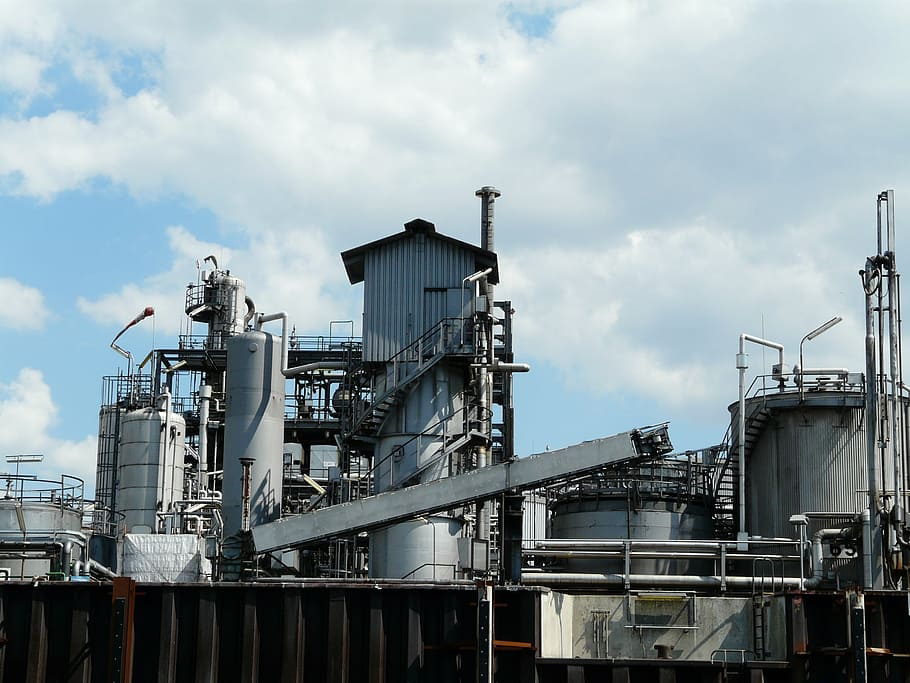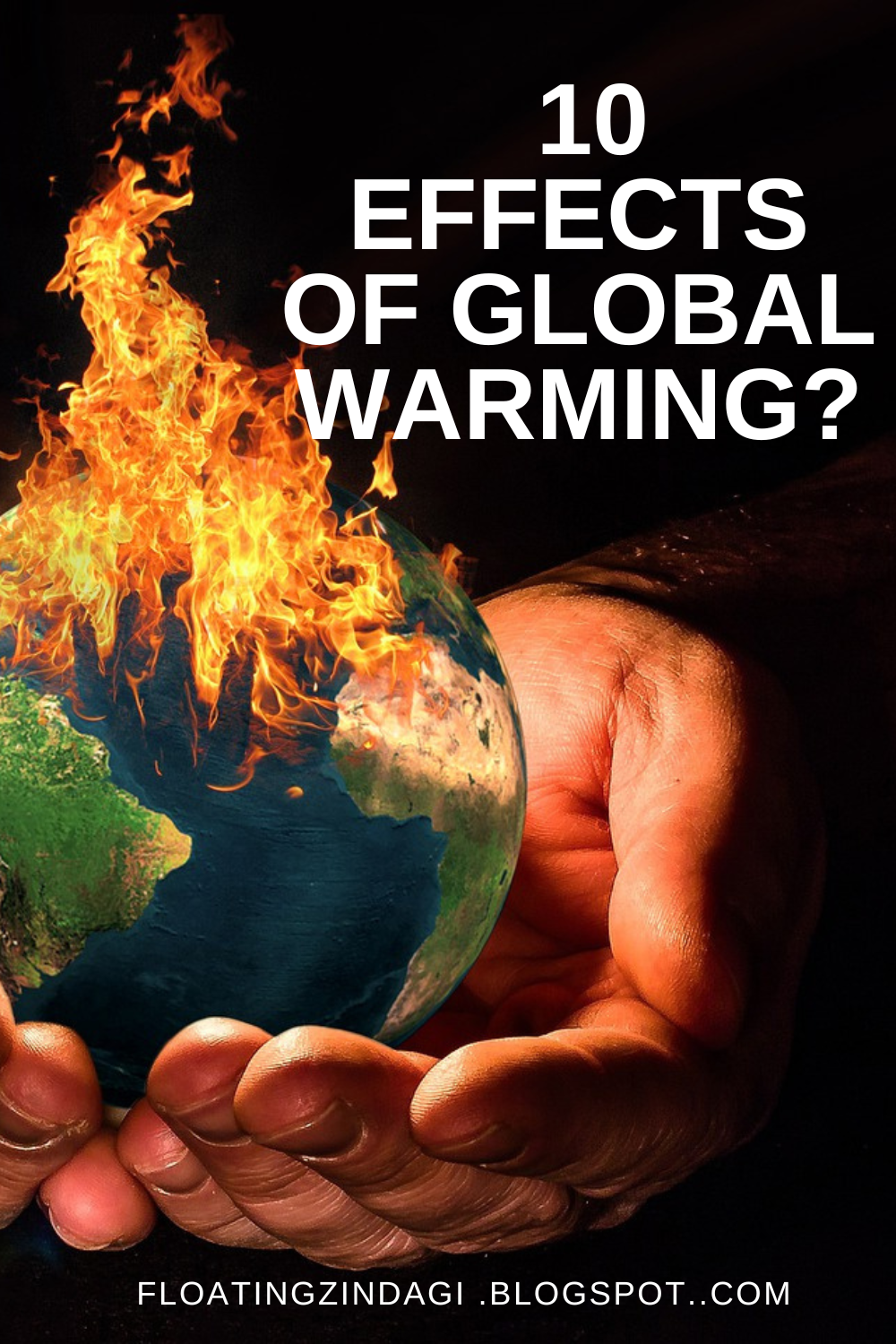Understanding Global Warming:
Global warming is primarily caused by the excessive emission of greenhouse gases, such as carbon dioxide (CO2), methane (CH4), and nitrous oxide (N2O), resulting from human activities like burning fossil fuels (coal, oil, and gas), deforestation, industrial processes, and agricultural practices. These gases trap heat from the sun in the Earth's atmosphere, leading to a gradual rise in global temperatures.
In simple words, Global Warming is nothing but the rising temperature of earth's atmosphere and it leads to end of earth.
What are the 5 causes of global warming?
1. Carbon Dioxide (CO2) Emissions:
The burning of fossil fuels such as coal, oil, and natural gas for energy production and transportation releases large amounts of carbon dioxide into the atmosphere. Deforestation and land-use changes also contribute to CO2 emissions by reducing the Earth's capacity to absorb carbon dioxide.
2. Methane (CH4) Emissions:
The production and transportation of coal, oil and natural gas are such human activities in which Methane gas is released. Livestock farming, particularly from cattle and sheep, also generates significant methane emissions. Additionally, methane is released from landfills and other waste management practices.
3. Nitrous Oxide (N2O) Emissions :
From combustion of Fossil fuels, Solid waste, agricultural and industrial activities Nitrous Oxide. Fertilizer use in agriculture, biomass burning, and industrial processes contribute to the release of nitrous oxide.
4. Deforestation and Land-Use Changes:
When forests are cleared or burned, large amounts of carbon dioxide are released into the atmosphere.Forest absorb CO2 from atmosphere in large amount. Deforestation not only diminishes this carbon absorption capacity but also reduces biodiversity and disrupts ecosystems.
5. Industrial Processes:
Certain industrial processes release greenhouse gases, including hydrofluorocarbons (HFCs), perfluorocarbons (PFCs), and sulfur hexafluoride (SF6). These gases are commonly used in manufacturing, refrigeration, and electrical equipment. They have high global warming potentials, meaning they are particularly effective at trapping heat in the atmosphere.
May these cause are interconnected to each other.Reducing greenhouse gas emissions and addressing these underlying causes are crucial steps in mitigating global warming and its associated impacts.
What are 10 effects of global warming?
Global warming, caused primarily by human activities such as the burning of fossil fuels and deforestation, has far-reaching effects on the Earth's climate and ecosystems. Here are ten effects of global warming:
1. Rising temperatures:
Average global temperatures are increasing, leading to heatwaves, particularly in urban areas, which can have severe health impacts and strain infrastructure.
2. Melting ice caps and glaciers:
Rising temperatures cause the melting of ice caps and glaciers, contributing to rising sea levels, which poses a threat to coastal communities and ecosystems.
3. Sea-level rise:
As the polar ice meltsit's, and salinization of freshwater sources.
4. Extreme weather events:
Global warming is linked to an increase in the frequency and intensity of extreme weather events such as hurricanes, cyclones, floods, and droughts, leading to widespread damage and loss of life.
5. Changes in precipitation patterns:
Shifts in temperature and weather patterns disrupt precipitation distribution, leading to altered rainfall patterns, increased droughts in some regions, and more intense rainfall in others.
6. Coral bleaching:
Higher water temperatures stress coral reefs, resulting in coral bleaching, which leads to the loss of marine biodiversity and impacts the livelihoods of communities dependent on reef ecosystems.
7. Loss of biodiversity:
Climate change affects ecosystems and can lead to the extinction of plant and animal species as they struggle to adapt to rapidly changing conditions.
8. Disruption of agricultural productivity:
Changing climate patterns can impact agricultural systems, reducing crop yields, affecting food security, and leading to increased food prices.
9. Spread of diseases:
Warmer temperatures and altered precipitation patterns can influence the distribution and prevalence of diseases such as malaria, dengue fever, and Lyme disease, affecting human health.
10. Ocean acidification:
Increased carbon dioxide absorption by oceans leads to acidification, which can harm marine life, particularly organisms with calcium carbonate shells, such as corals and shellfish.
It's important to note that these effects are interconnected and can exacerbate one another, resulting in complex and wide-ranging impacts on the planet. Efforts to mitigate global warming and adapt to its consequences are crucial for the well-being of both humans and the environment.
Preventing Global Warming:
Fortunately, there are steps we can take as individuals and as a society to mitigate the effects of global warming and protect our planet for future generations.
1. Reduce Carbon Footprint:
Minimize your carbon emissions by using energy-efficient appliances, opting for renewable energy sources like Solar energy, and choosing sustainable transportation options such as walking, cycling, or public transport whenever possible.
2. Conserve Energy:
Turn off lights, unplug electronics, and reduce unnecessary energy consumption. Conserving energy not only reduces greenhouse gas emissions but also saves money on utility bills.
3. Plant Trees and Preserve Forests:
Trees absorb CO2 from the atmosphere. Support reforestation efforts and take part in tree-planting initiatives in your community.
4. Practice Sustainable Consumption:
Opt for eco-friendly products, reduce waste by recycling and composting, and choose locally sourced food to minimize carbon emissions associated with transportation.
5. Spread Awareness:
Educate others about the importance of global warming and the actions needed to combat it. Engage in discussions, share information on social media, and support organizations working towards climate solutions.












0 Comments